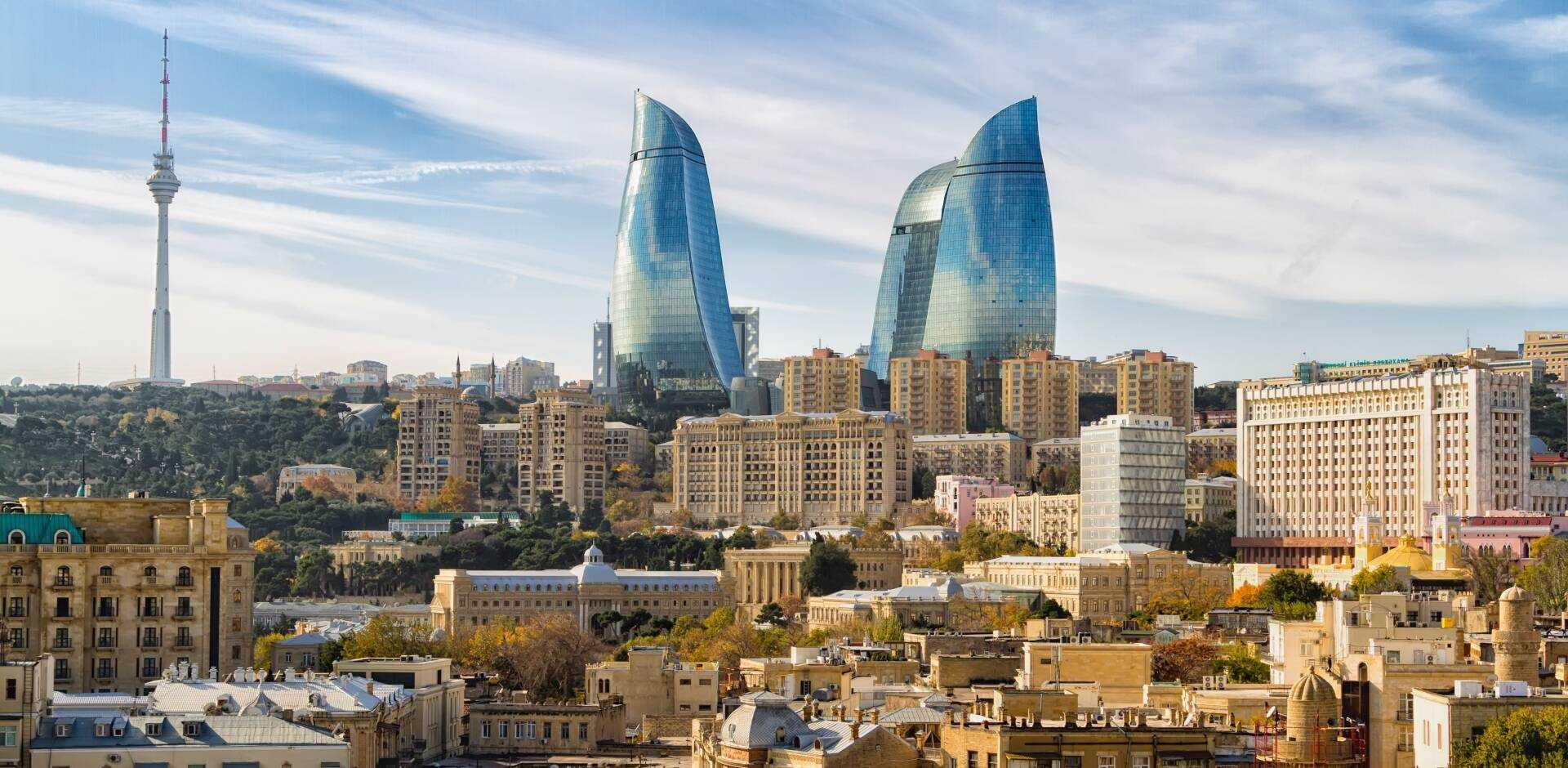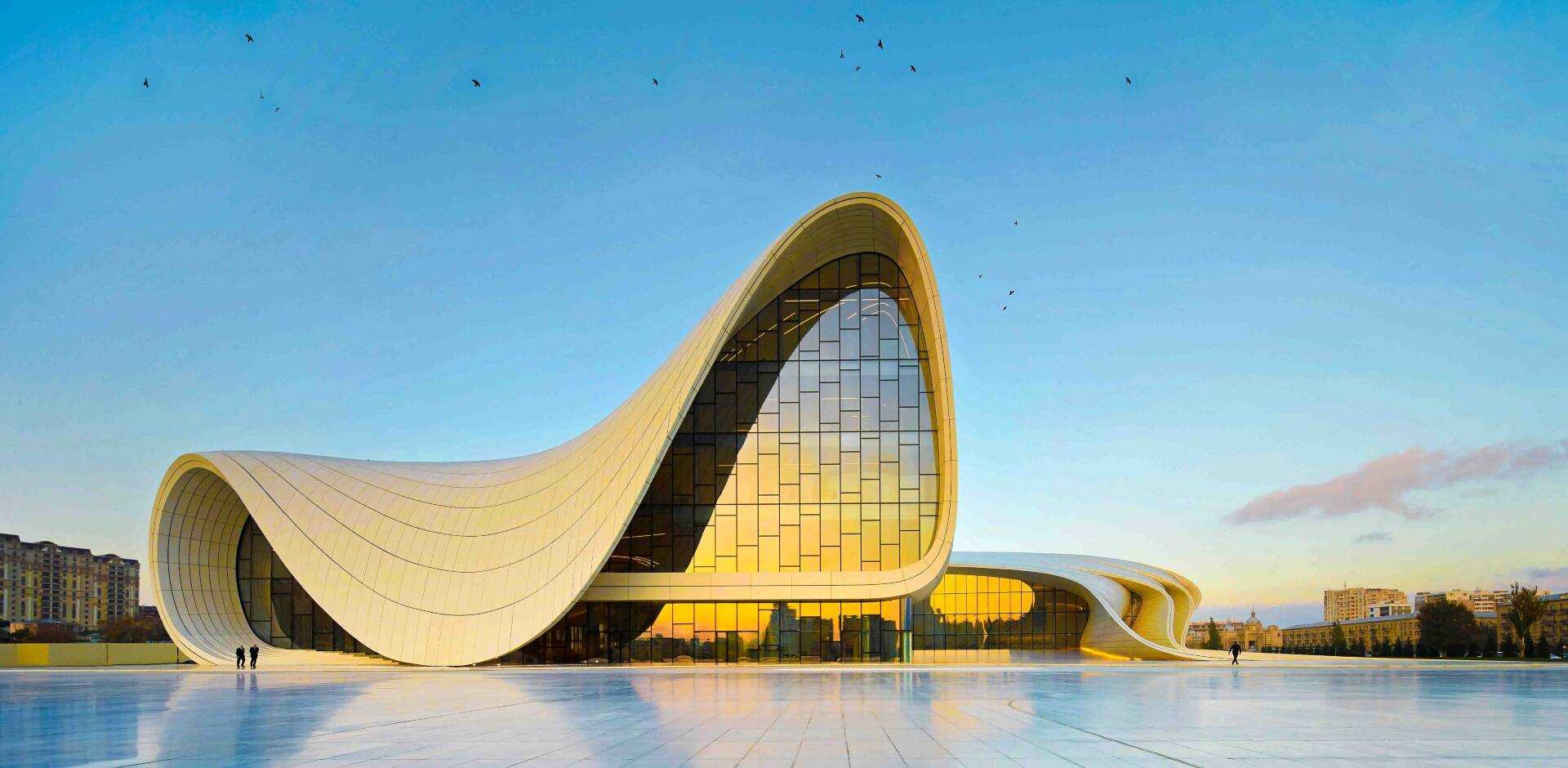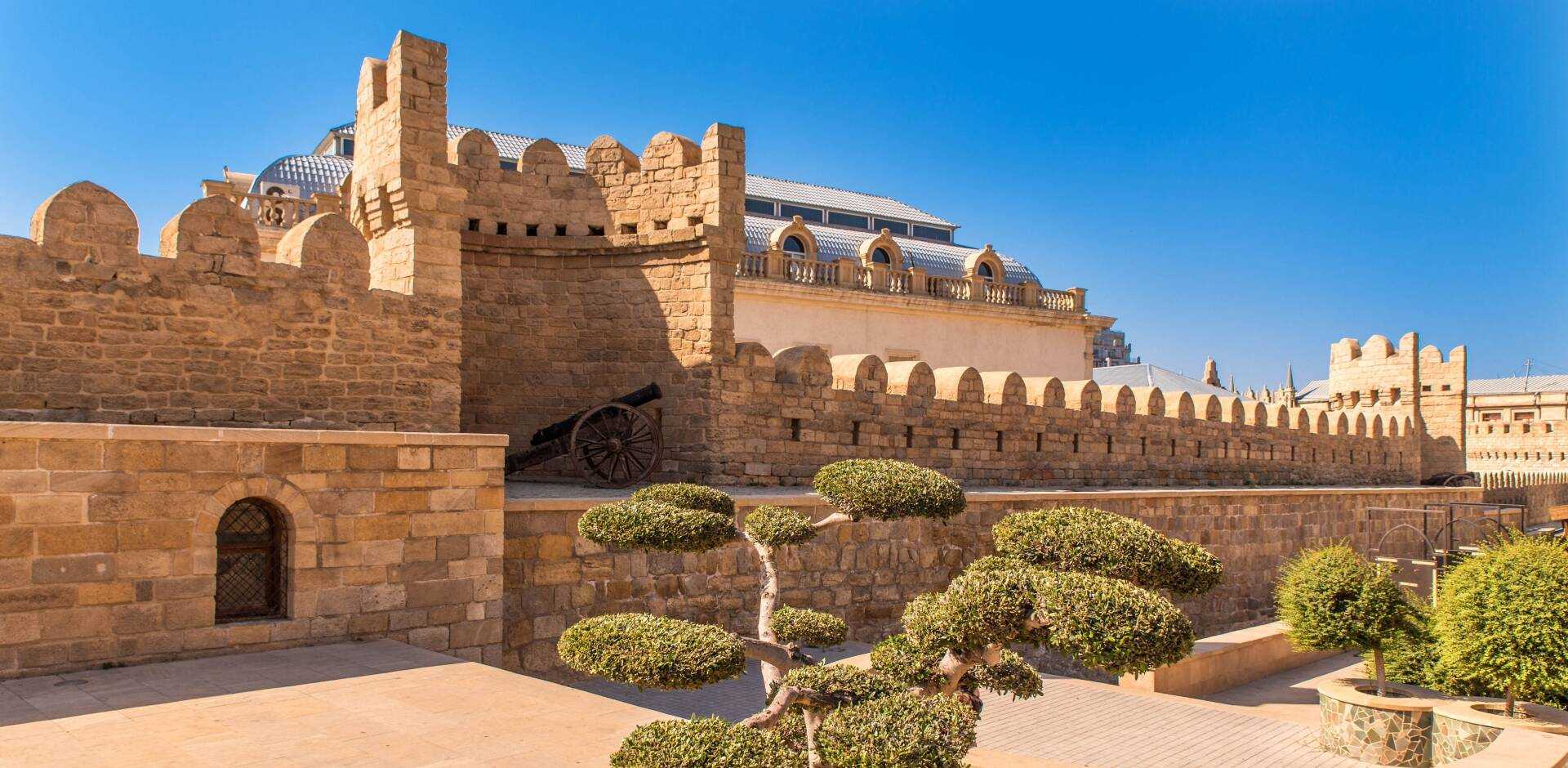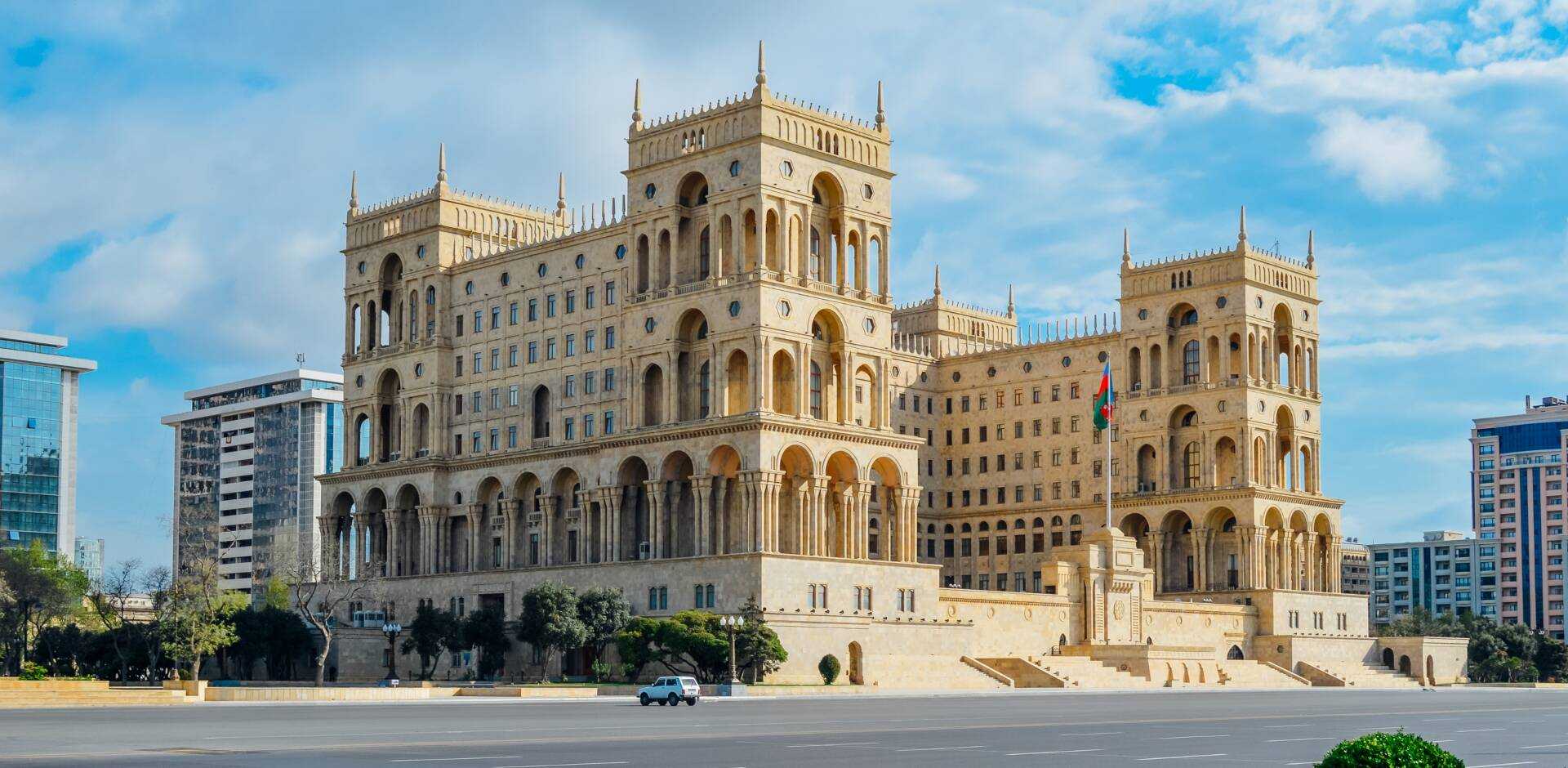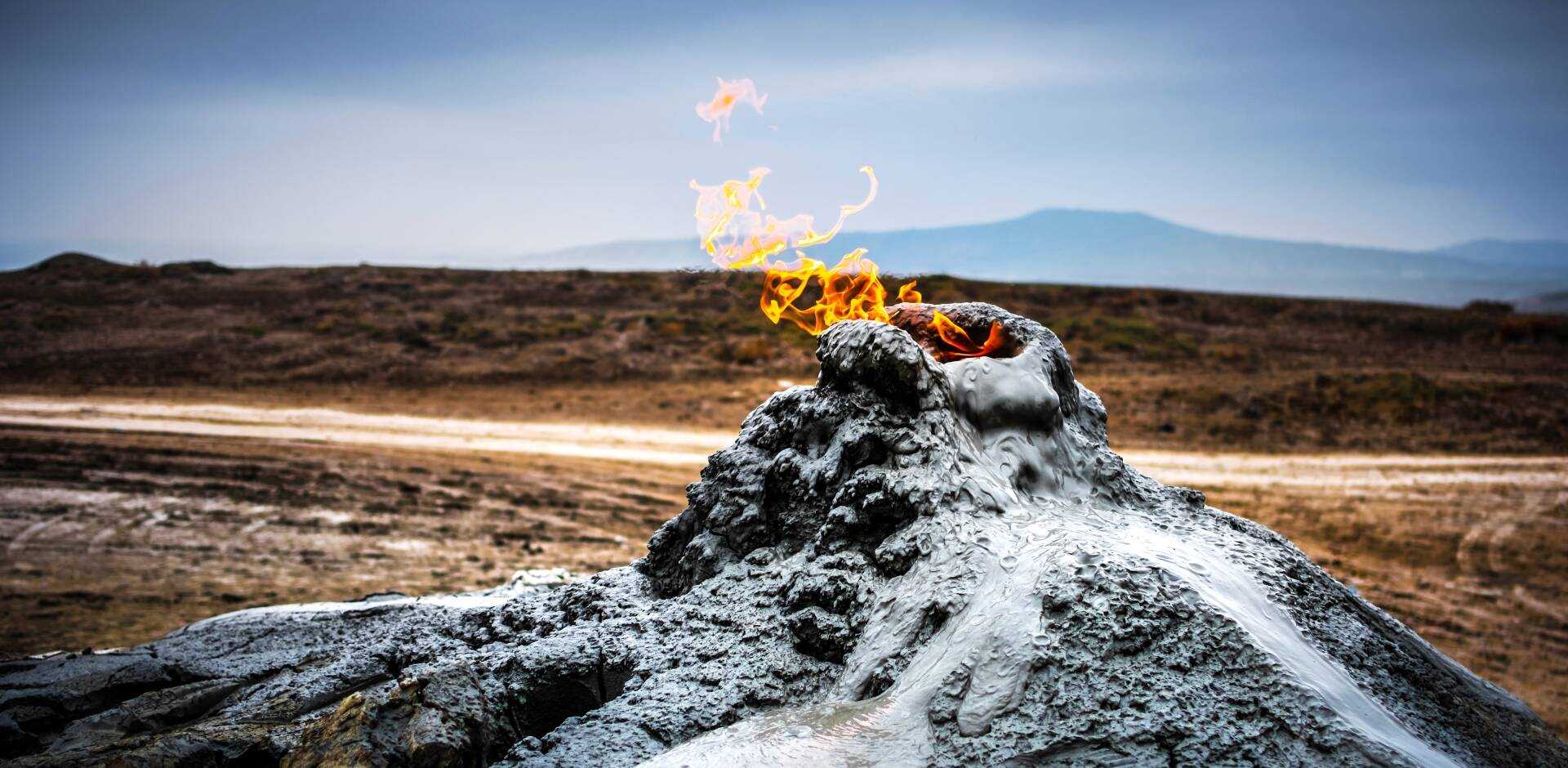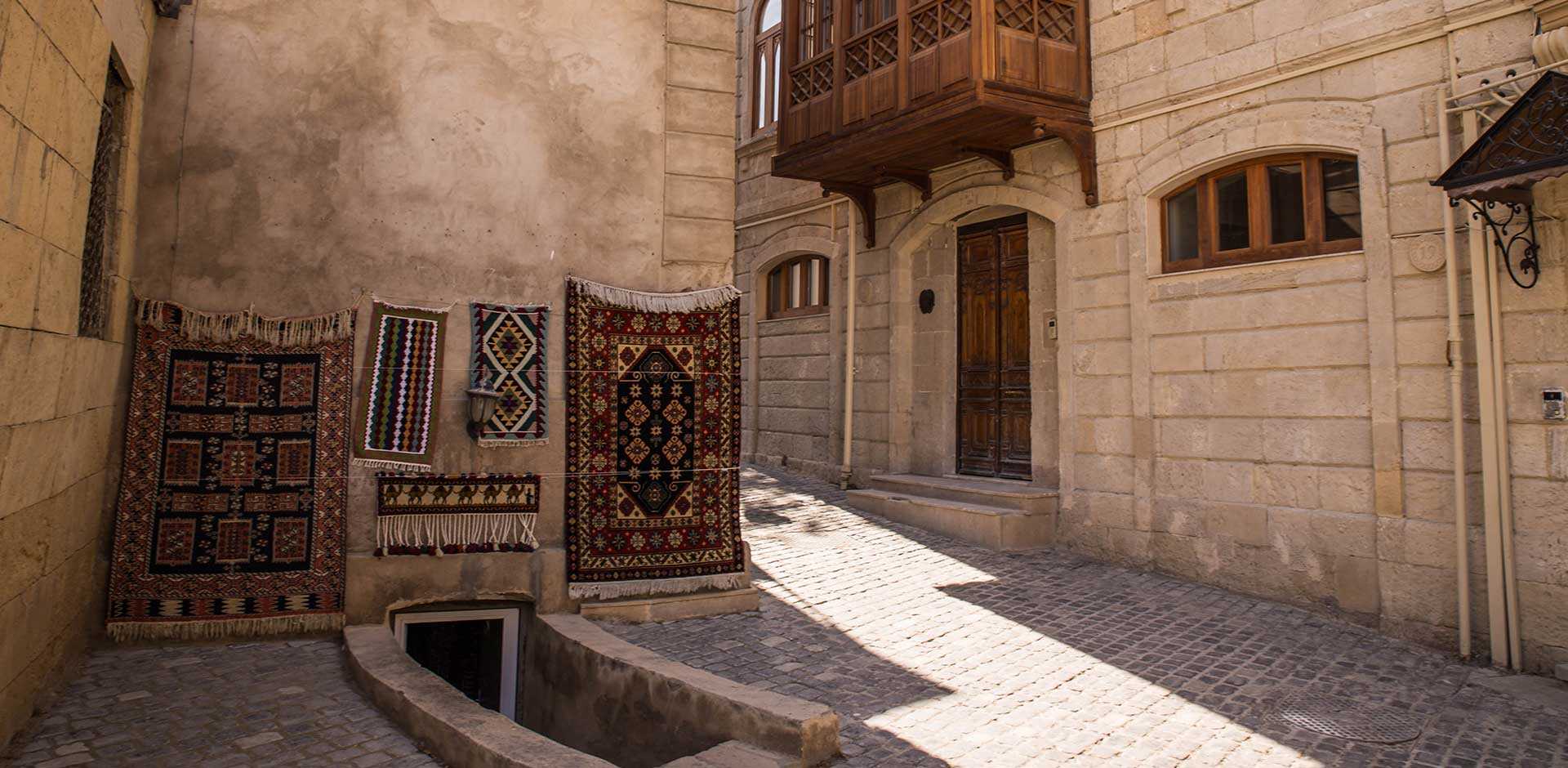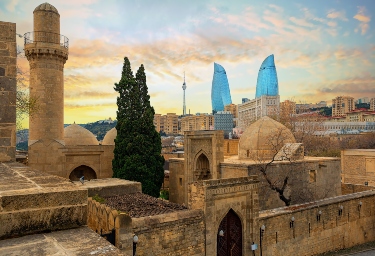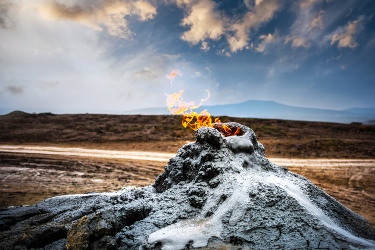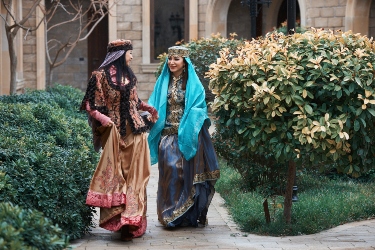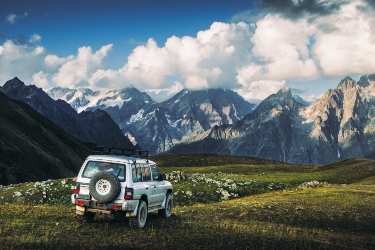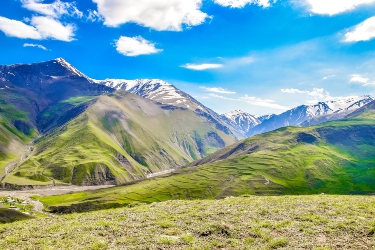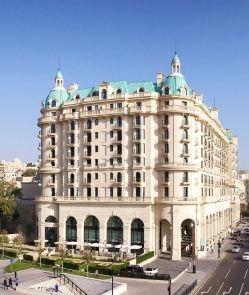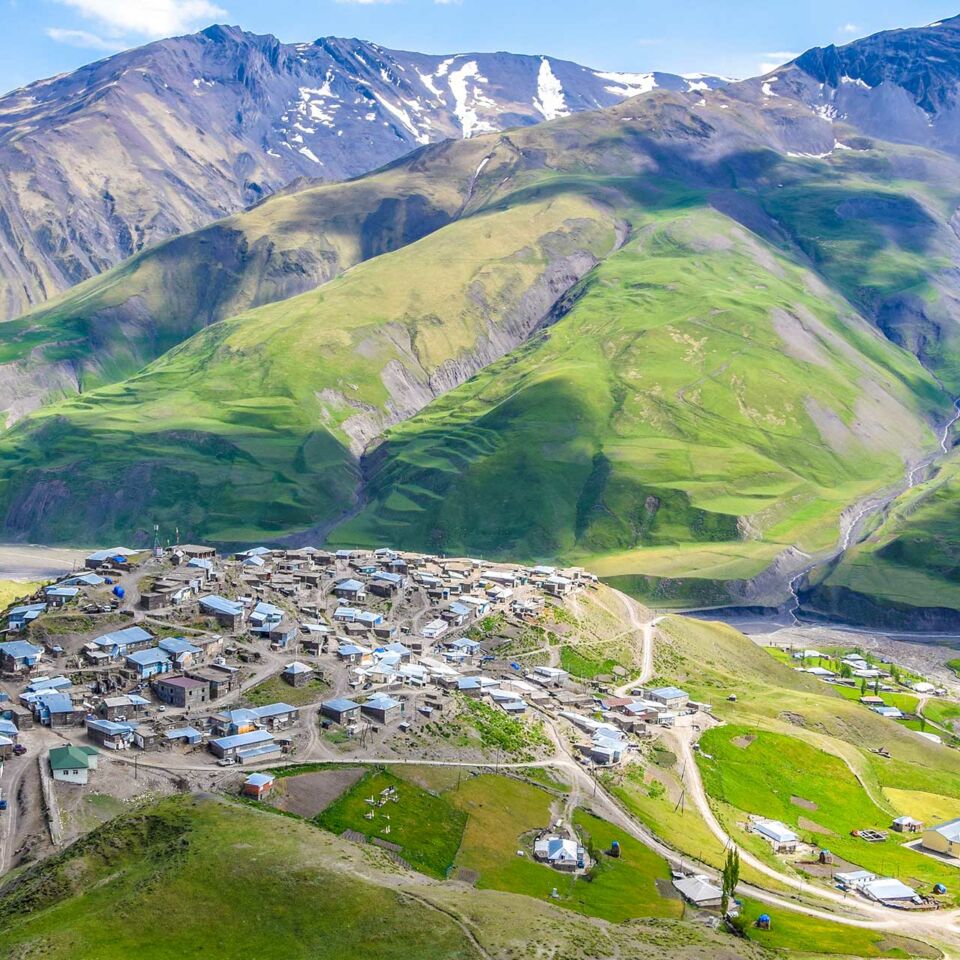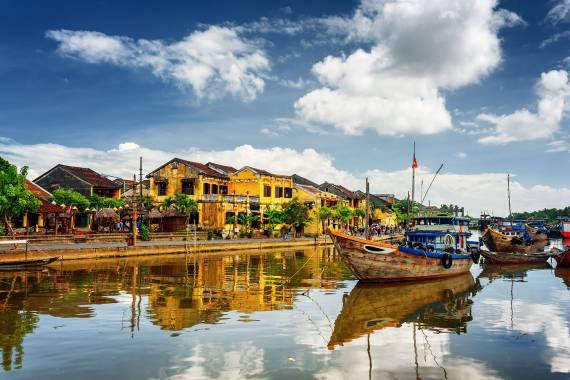Baku
Baku, the capital city of the Republic of Azerbaijan sits on the southern tip of the Absheron Peninsula along the western shore of the Caspian Sea. With this strategic position, Baku has long been a prosperous port city along historic trade routes that crossed between the Central Asian steppes and Europe. Also, its immense natural oil supply was a very valuable commodity that was traded both to East and West, furthering its importance as a hub in the Caucasus region. The city’s long illustrious history of trade from the days of the Great Silk Roads have been much preserved in the “Icherisheher,” or Inner City, which contains the 15th century Palace of the Shirvanshahs, Maiden Tower, as well as mosques, caravanserais, baths, mausoleums, and madrasa. Around these walls, Baku has developed into an energetic modern city with a unique architectural blend of east and west, new and old. Soviet buildings make their mark in Baku’s history, and now sit next to ultra-modern landmarks such as the Flame Towers that have more recently cropped up. Baku’s skyline continues to reshape as the city grows with the times, adding on steadily while also sensitively embracing its past.
Experiences
A handpicked selection of experiences endorsed by our experts. If you can’t see what you’re looking for, let us know, as our extensive network of local contacts can open many doors.
Old City
Also called the Inner City, this ancient walled core of Baku is a UNESCO World Heritage Site, recognized for its ancient structures and historical significance. The Old City is divided into several quarters which historically served as social divisions, such as a quarter for shipbuilders and sailors, a quarter for oil workers, a Jewish quarter, and so on. Once inside its gates, one will find curving roads with grand palaces, sunken ruins of old hammams, sandstone caravanserais transformed into taverns, and numerous tea houses and bakeries. The Maiden Tower and the Palace of the Shirvanshahs are the top landmarks within the Old City.
Baku Boulevard
This promenade was established in the early 1900’s and runs parallel to Baku’s seafront. Historically, Baku oil barons built their mansions along the Caspian shore which started the creation of this boulevard as they added to the seafront. Today it is a leisure area for locals to enjoy a seaside stroll and pass landmarks including the carpet museum, ferris wheel, art center, and an open-air cinema.
Heydar Aliyev Cultural Center
Designed by starchitect Zaha Hadid, the Heydar Aliyev Cultural Center is an iconic architectural landmark, befitting of the important cultural center it houses. Named after the national leader of Azerbaijan who is considered the founder of a modern and independent Azerbaijan, the center hosts cultural events promoting Azerbaijani language, history, and culture. The building has an auditorium, temporary exhibition spaces, a conference center, workshops, and a museum.
National Carpet Museum
This museum has the largest collection of Azerbaijani carpets in the world, exhibiting regional styles from across the country. Its collection also includes ceramics, metal works, jewelry, and national garments and embroidery. Apart from its valuable collection, the museum has very distinct architectural style. The structure of the building looks like a rolled carpet. It was designed by Austrian architect Franz Janz and took over six years to construct.
National Museum of History
Delve into Azerbaijan’s ancient history at this cultural monument which has accrued over 300,000 artifacts in its collection since it first opened to the public in 1921. From weapons, jewelry, clothing, books, and more, these items tell the evolution of the region and Azerbaijani culture through the centuries.
Villa Petrolea & Nobel Museum
This historical district was a designated area of town for the Branobel petroleum company’s local and foreign workers and included residential buildings, a Swedish-German school, a theatre, hospital, and a family mansion for the owners, the Nobel family. Though the area fell into much disrepair during Soviet rule, the Nobel mansion was stored and renovated and is now open as a museum.
Yanar Dag
Its name meaning ‘burning hillside,’ Yanar Dag is a 33-feet wall of fire that has been burning since the 1950s. Azerbaijan is known for its enormous natural gas reserves beneath its surface and the story goes that a careless shepherd discarded a smoking matchstick which set fire to the natural gas pocket at this area.
Qabala
This small city outside of Baku sits near the border of Dagestan and Georgia and has a small, although very ethnically diverse, population. One of the most ancient cities of Azerbaijan, Qabala withstood repeated attacks and is home to a lot of monuments that survived. The area is known for its waterfalls and natural scenery, and is a popular destination for local tourists.
Gobustan National Park
Located about an hour from Baku near the settlement of Gobustan is Gobustan National Park, an ancient desert-scape that is home to prehistoric carvings, cave paintings, mud volcanoes, and gas-stones. The well-preserved petroglyphs date back to the ice age and depict life in the Caucasus in the prehistoric times, including men hunting animals, tribal dances, and traveling on reed boats. A small museum at the entrance of the petroglyphs park exhibits weapons, carving tools, and artifacts recovered from the area. Not far are the mud volcanoes, a curious landform that can be found in a handful of places around the world, but Azerbaijan is home to more than half the total throughout the continents.
Ateshgah Temple
Also known as the Fire Temple of Baku, this castle-like religious temple just outside of Baku was a pilgrimage destination for Hindu, Sikh, and Zoroastrians as a place of worship. The natural eternal flame went out in 1969 but is now lit by gas piped from a nearby city, and the complex is now a museum opened to visitors.
Azerbaijan Regions
Explore in-depth information, experiences and highlights by navigating to specific regions using the links below.
Baku Itineraries
- Duration
- 10 days / 9 nights
- Price Per Person
- From $6,700
- Duration
- 14 days / 13 nights
- Price Per Person
- From $13,100
Ritz Carlton Baku
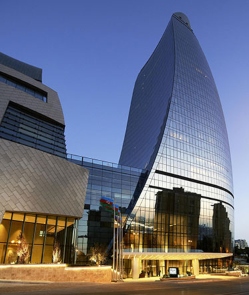
Fairmont Baku at the Flame Towers
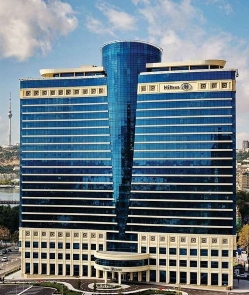
Hilton Baku
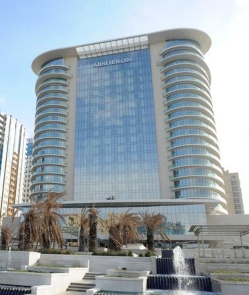
JW Marriott Absheron
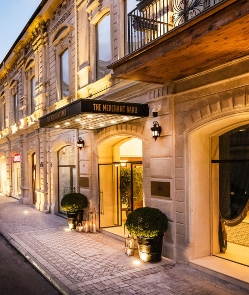
The Merchant Baku
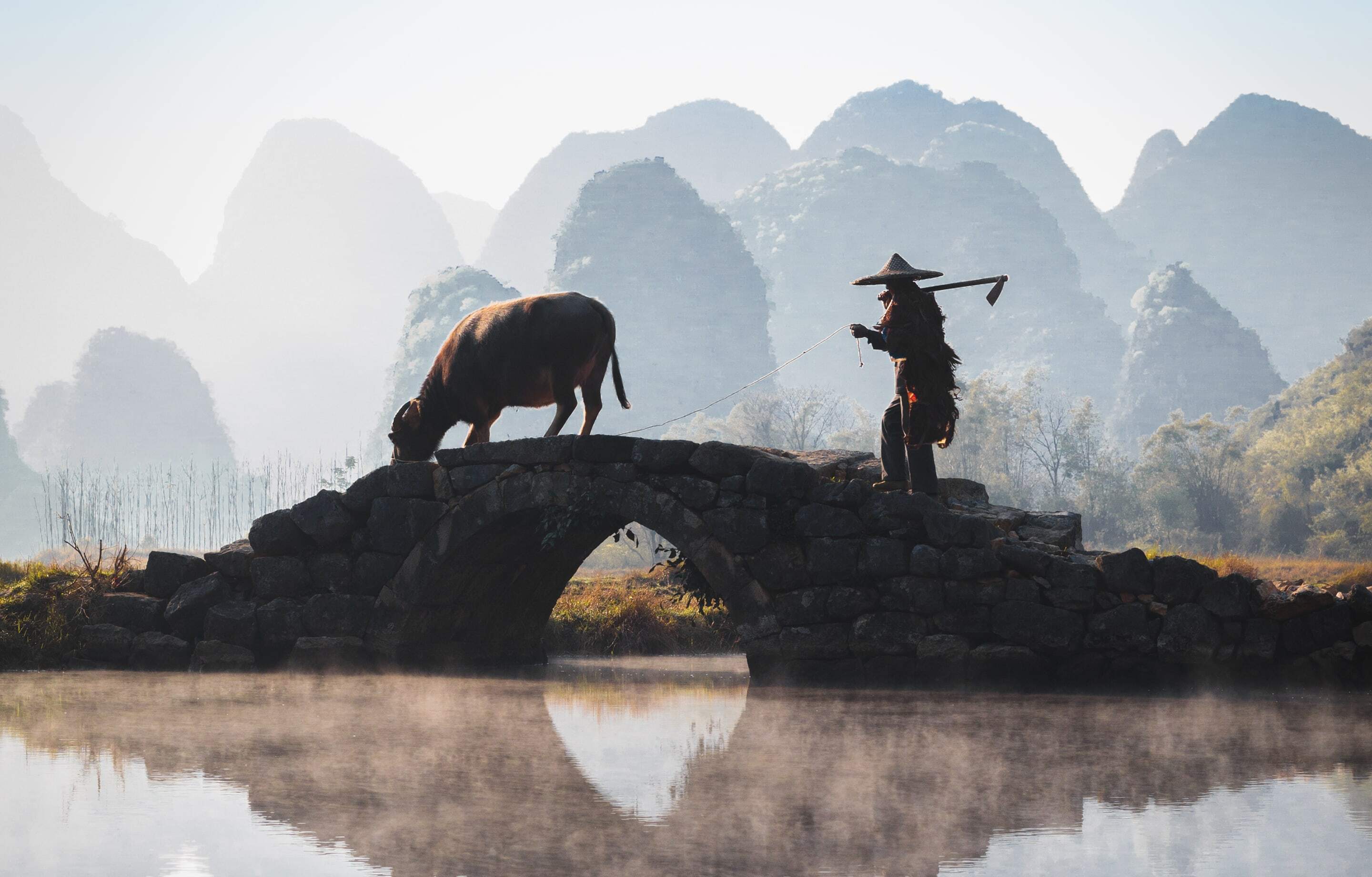
Exclusively Asia
With Remote Lands you'll travel with people who have made Asia the solitary focus of their own lifelong adventure. As our guest, you'll discover Asia on a journey that is completely, authentically your own, adapted from our own remarkable experiences and adventures over the years.
With Remote Lands you'll travel with people who have made Asia the solitary focus of their own lifelong adventure. As our guest, in the continent that our north American founders Catherine and Jay have adored and explored for decades, you'll discover Asia on a journey that is completely, authentically your own, adapted from our own remarkable experiences and adventures over the years.
Travelogues
An Asia-focused magazine brought to you by Remote Lands - a platform for adventure, luxury, and authenticity from experts and explorers around the continent.
Fire Walk with Me
- Author
- Peter Elia
Beyond Baku
- Author
- Mark Elliott
Baku: A Capital of Contrast on the Caspian
- Author
- Mark Elliott
What Others Say
Here is a small selection of the kind words our clients have said about us recently.
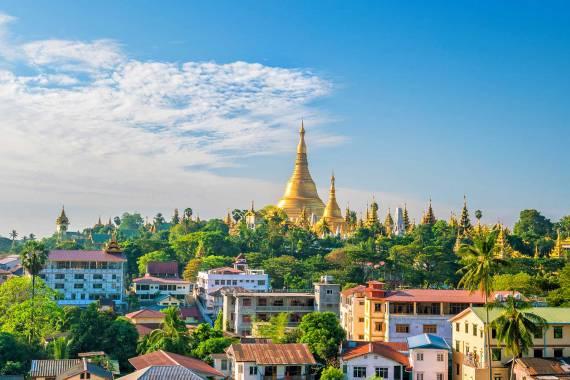
Solo Traveler from Hong Kong
My Remote Lands guide was excellent in every sense. She was truly sensitive and instructive on local customs and their meanings and applications.
